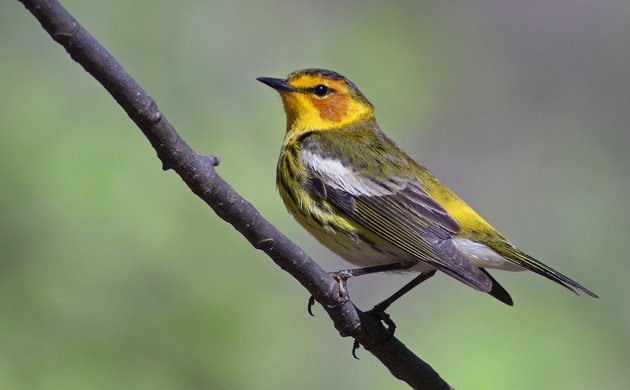
Earlier this month I had stopped at Forest Park for a quick, late-morning, visit as we birders in Queens tend to do, especially in May, and was impressed by the diversity and number of birds singing. This was before full leaf-out, especially on the taller trees, so many birds were feeding low to the ground and the understory was not as thick as it would be even a week later. One bird in particular caught my eye – a brilliant Cape May Warbler singing and foraging from ground level up to about ten feet. It was not shy. In fact, it was amazingly confiding. I started firing away with my digiscoping rig, but interrupted that process to make sure that I got the attention of Kelly and Richie, a wonderful couple who happened to be birding nearby. Together, the three of us appreciated the Cape May Warbler for at least ten minutes before it finally moved on and left us feeling astounded.
Can you blame us?
I have long thought that the Cape May Warbler should have its common name changed to match its scientific name, Setophaga tigrina, because “Tiger Warbler” is a much cooler name. It also makes sense, what with the black-on-yellow stripes and its pugnacious personality when it comes to defending both feeding areas and its breeding turf.
Fortunately for birders, the Cape May Warbler is considered a Species of Least Concern by Birdlife International because of its large range and large and stable population. It breeds across Canada’s boreal forest and most winter in the Caribbean, though some spend the cold months in Central America. The Cape May Warbler is one of several species of wood-warbler that are considered Spruce Budworm specialists and their population is believed to fluctuate with outbreaks of the conifer pest. Judging by the number of Cape May Warblers that birders have been seeing around the New York City area over the last couple of years Canada must be in a period of increased Spruce Budworms, which is bad for the trees but good for us birders!
It was hard to keep up with the rapid movements of the Cape May Warbler as it hunted down its invertebrate prey but I managed some decent shots.
This bird, though peaceful looking, definitely was a tiger. It chased off both a Magnolia Warbler and a Black-and-White Warbler while we watched it.
It was constantly scanning for more food to eat, and would grab caterpillars and other prey with lightening-fast lunges.
What an amazing bird!
…
If you liked this gallery please check out 10,000 Clicks, our page of great galleries here at 10,000 Birds!
…


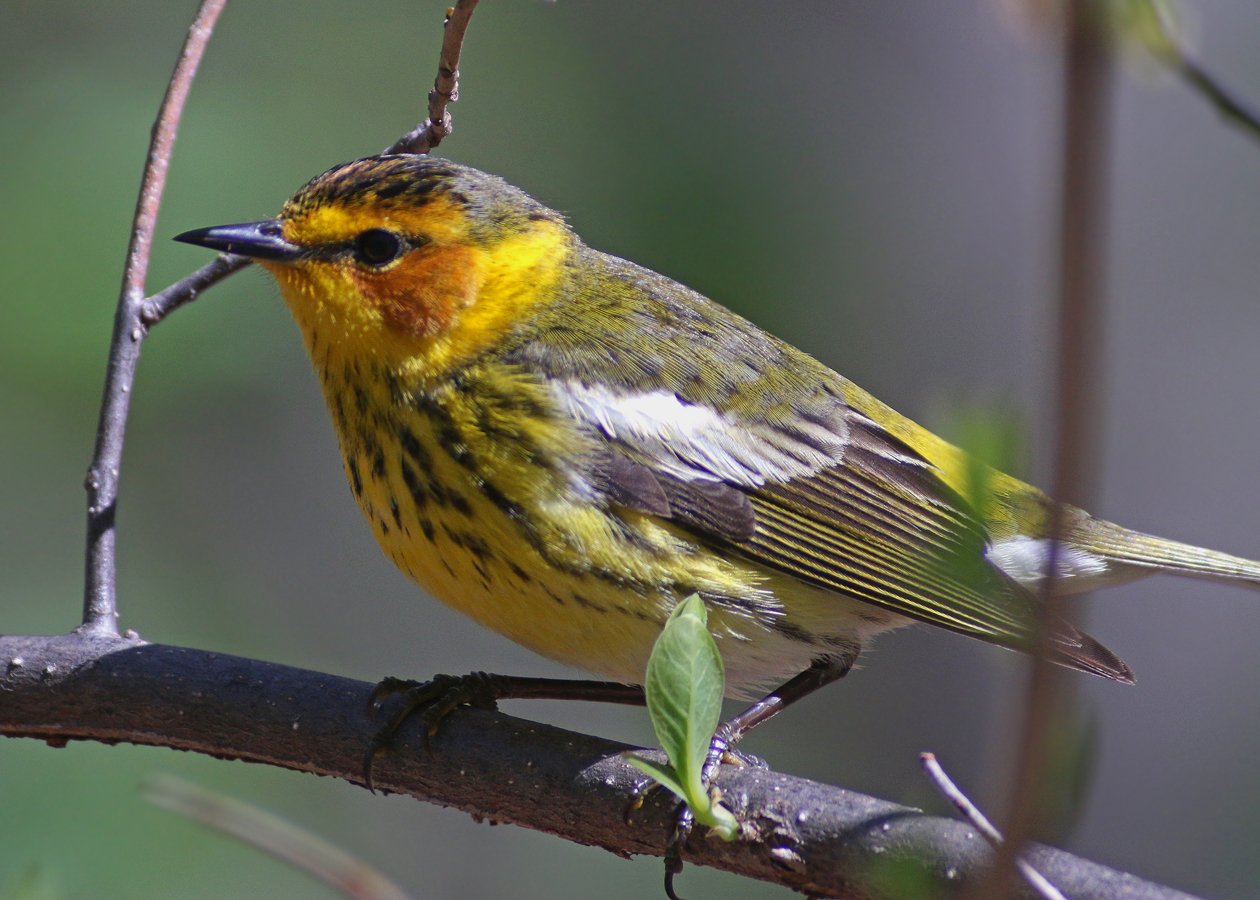
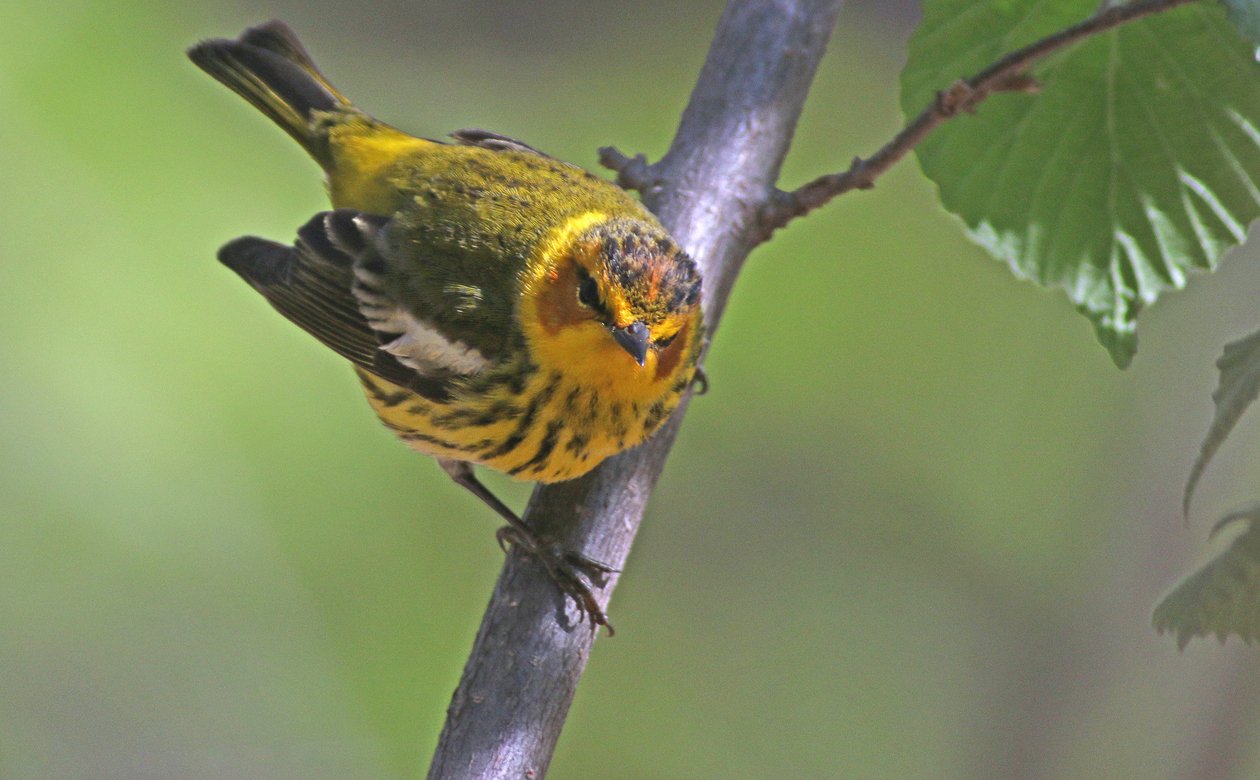
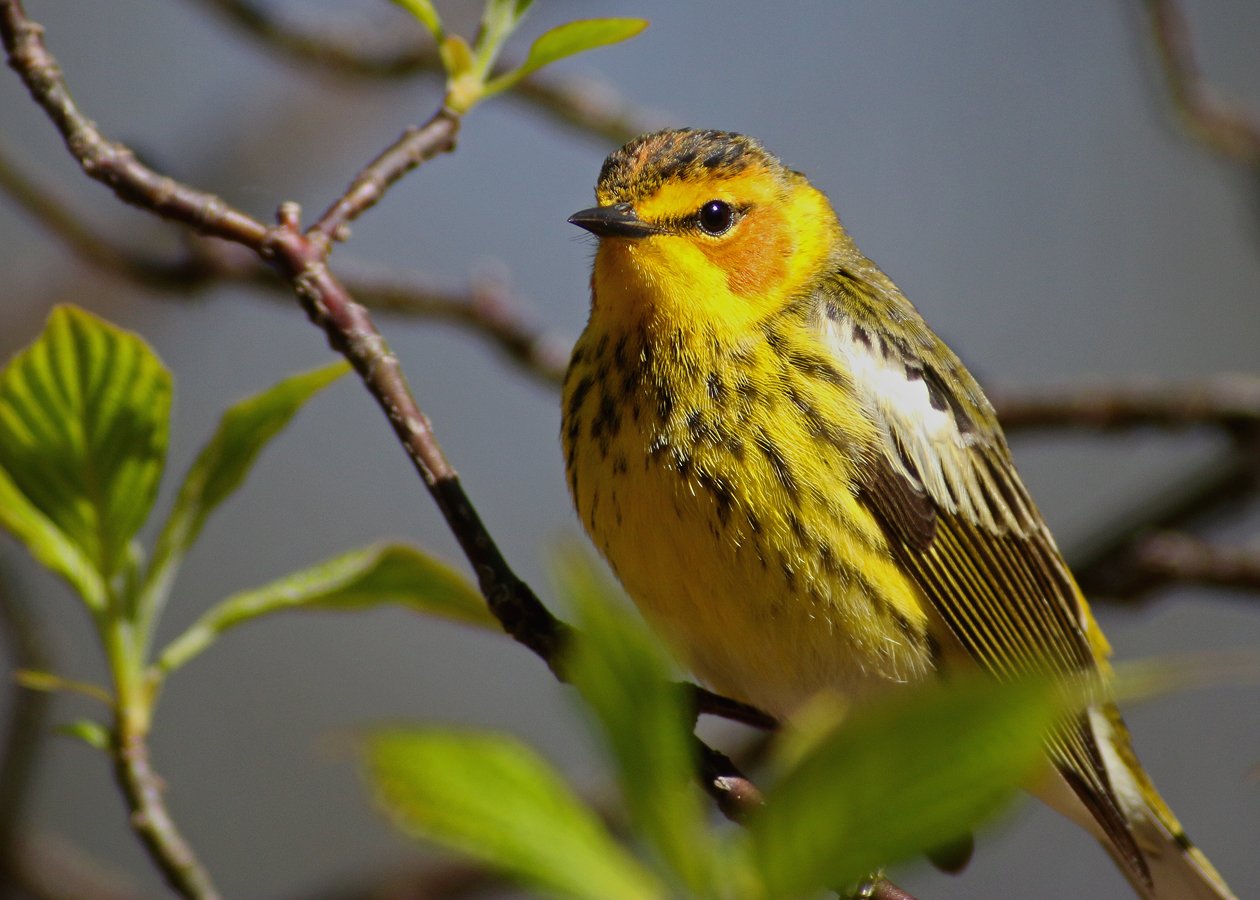
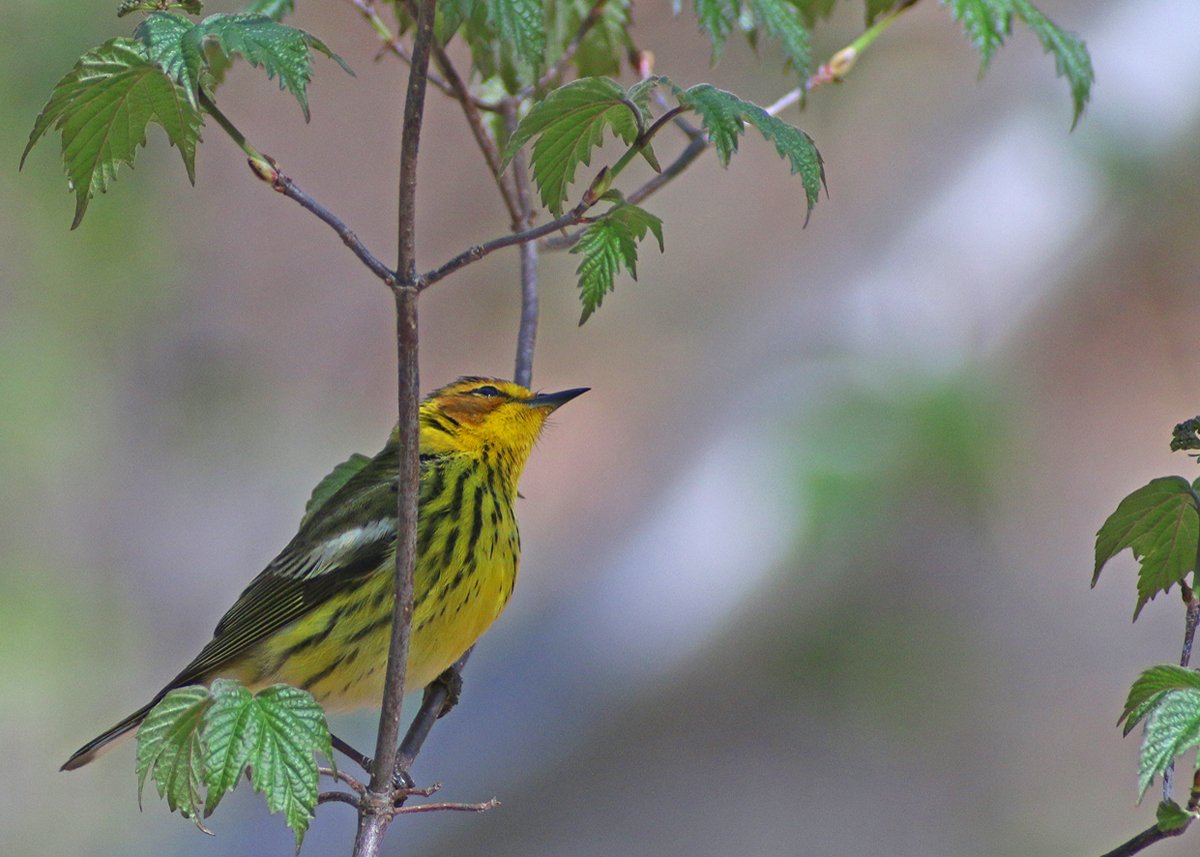
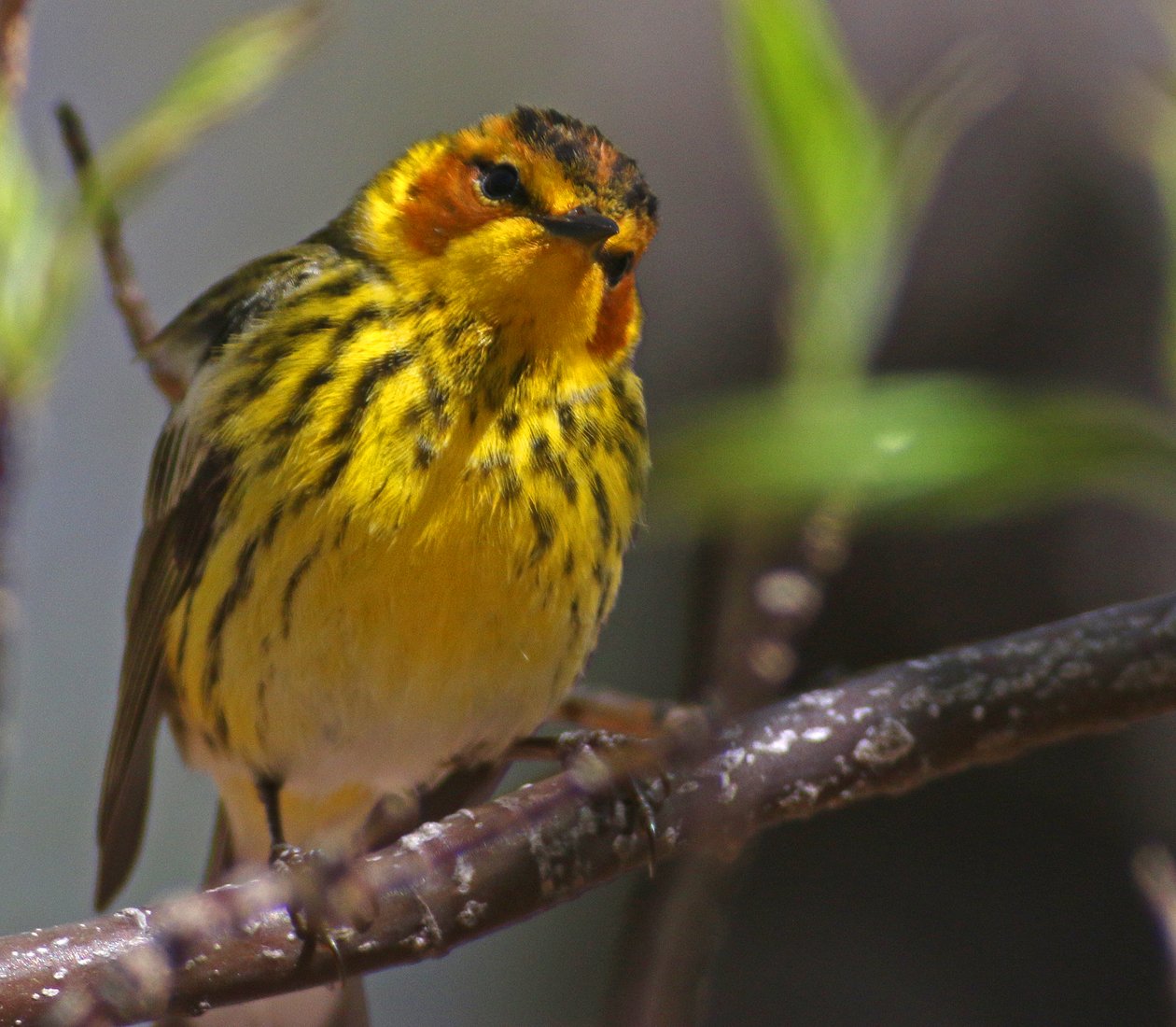




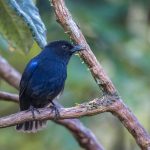
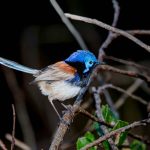
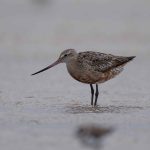
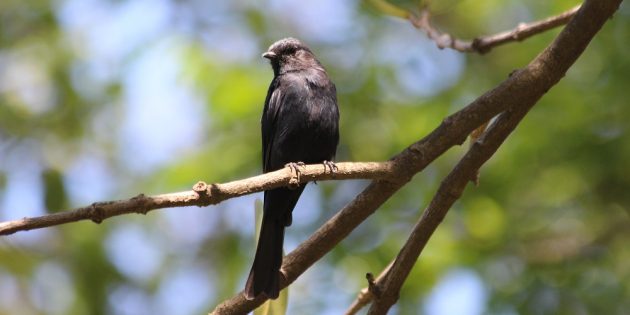

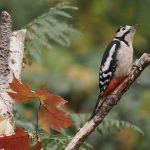
Looking at this bird feels decadent, and I wasn’t even there.
Seeing it was like eating a nine-course meal. And then vomiting and doing it again.
Thank God I brought a change of pants to work today. This post had unexpected, though totally predictable effects.
It’s good to be prepared.
One of my favorites, and luckily one of the most numerous warblers down here in Miami. Two birds wintered this year in Pinetree Park in Miami Beach- where right now a Bahama Mockingbird is allowing all to see it. One of the Cape Mays was a very bright male- and was as bright as a spring bird all winter- unusual.
Neatest tiger warbler moment this spring? One very pugnacious male trying to guard a Jamaica Dogwood (native tree with pink pea-like flowers). The problem- there were hordes of blackpolls, parulas, less agressive Cape Mays, and others (more than 50 birds all together) packed in this little 20 by 30 ft leafless but flowering tree. It was absolutely crazy trying to chase the masses. It should have just relaxed and took some nectar like all the others…